

This page links to a variety of technical articles, mostly or entirely about electrical engineering and mostly (or wholly) in PDF format. The amount of technical content may be fairly high, and those without an interest in EE may find them a bit, shall we say, uninteresting. That said, some of them may be of interest to the maker crowd.
In many cases there may not be much of an introduction to the technical topics in the articles and/or little discussion of scope. It's assumed that those who are looking for the content contained in an article will be able to readily identify it.
Some of the articles here are only half-baked. We decided it was better to make them available than forever trying to decide whether they were ready or not.
Click on the images next to the article descriptions below to see the corresponding PDF article.
It can be sometimes mildly annoying (or worse) when something is discovered on the internet you'd like to contact the author about, but there's no links provided for e-mail, or any way to post some comments. For example perhaps there are some errors in the articles here, or maybe you know a better way to do something.
We have set up a blog on WordPress where folks can post comments or feedback about this web site.
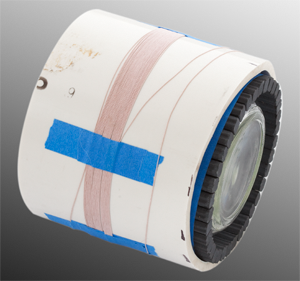
Analysis and design of FSL antennas is covered in this article, including validation of the analysis through comparisons between a few FSL antennas and air-core loops. It is extracted from the larger report on loop antennas.
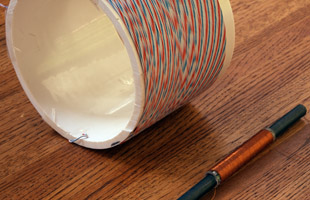
This is the main article reporting on our research of electrically small loop antennas. Both air and ferrite-core loops are addressed, and a new method is proposed for predicting the performance of ferrite core loops. The PDF file linked (click on the photo to the left) also contains an attached zip file with data and example scripts in Matlab/Octave.
Included is a chapter containing what may be the first theoretical analysis of Ferrite Sleeve Loop antennas, recently updated with tests to confirm that the analysis is valid.

Some will find the results of this study surprising (others, not so much). These capacitors are attractive due to their very high energy densities, among other things. MLCCs were kept under constant DC bias for almost two years as part of this research.
This article confirms and reveals behaviors under bias that will cause some to rethink how and where they use MLCCs.
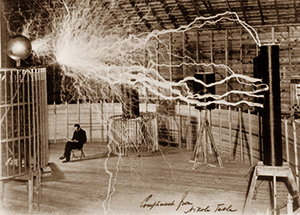
Based on over 500 electromagnetic simulations, this article contains data and algorithms which can predict the SRF of isolated air-core solenoids to a typical accuracy of 2%. It adds some breadth to an existing body of research on the topic.
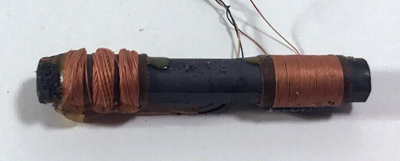
This is the first article related to our research on electrically small loop antennas. This proposes a new method for the estimation of inductance of solenoids wound around ferrite rods, such as found in ferrite rod loop antennas. The PDF file linked (click on the photo to the left) also contains an attached zip file with data and example scripts in Matlab/Octave.
Article updated 12/8/2020.
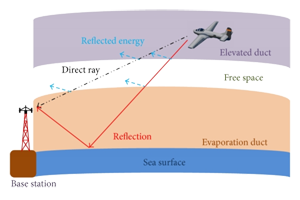
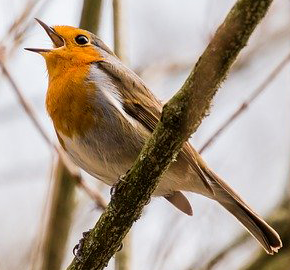
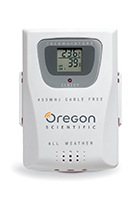
This PDF article describes the RF signals transmitted by many commercial wireless weather sensors manufactured or sold by Oregon Scientific, Ambient Weather and AcuRite. The descriptions are sufficient for those building maker projects to receive and decode these signals.
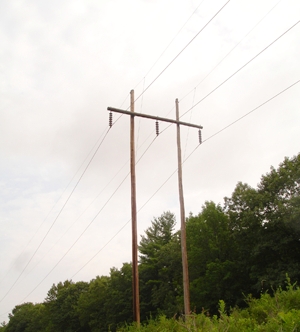
So, the image at left is a bit misleading...but it caught your eye right?
Anyway, round wires are often used to build electromagnetic transmission lines -- like the old twin lead that was used with TV antennas (if you're old enough to remember that). There's a well known formula for the characteristic impedance of such lines, but what if you are making the line from square bars or wires? This article provides some emperically derived formulas for the impedance of such lines.

